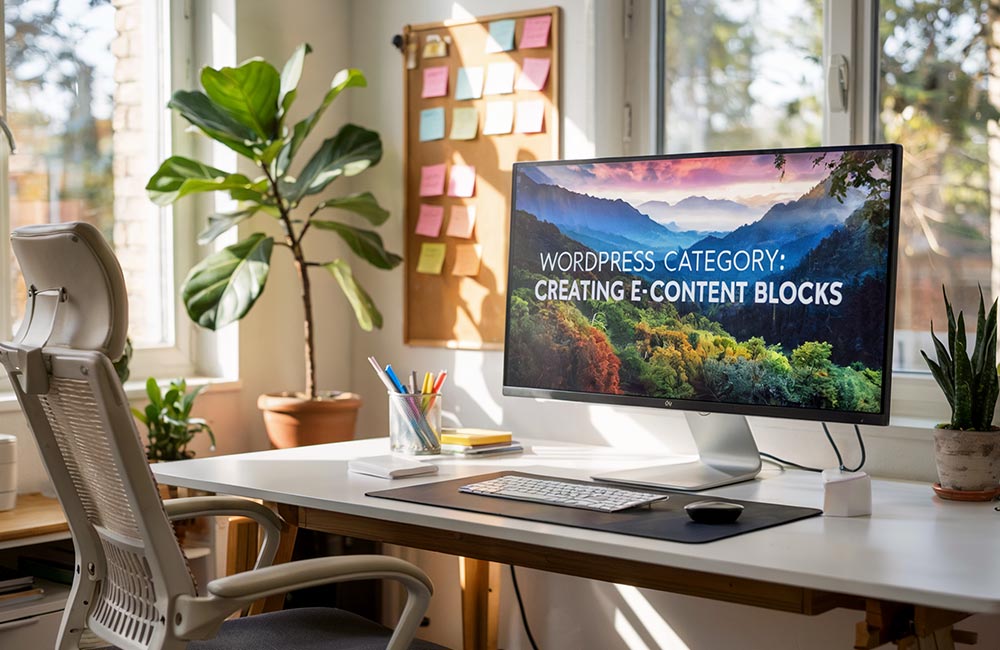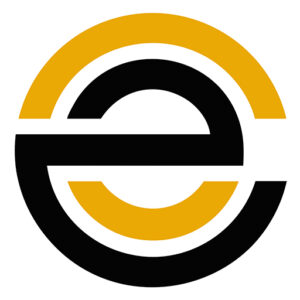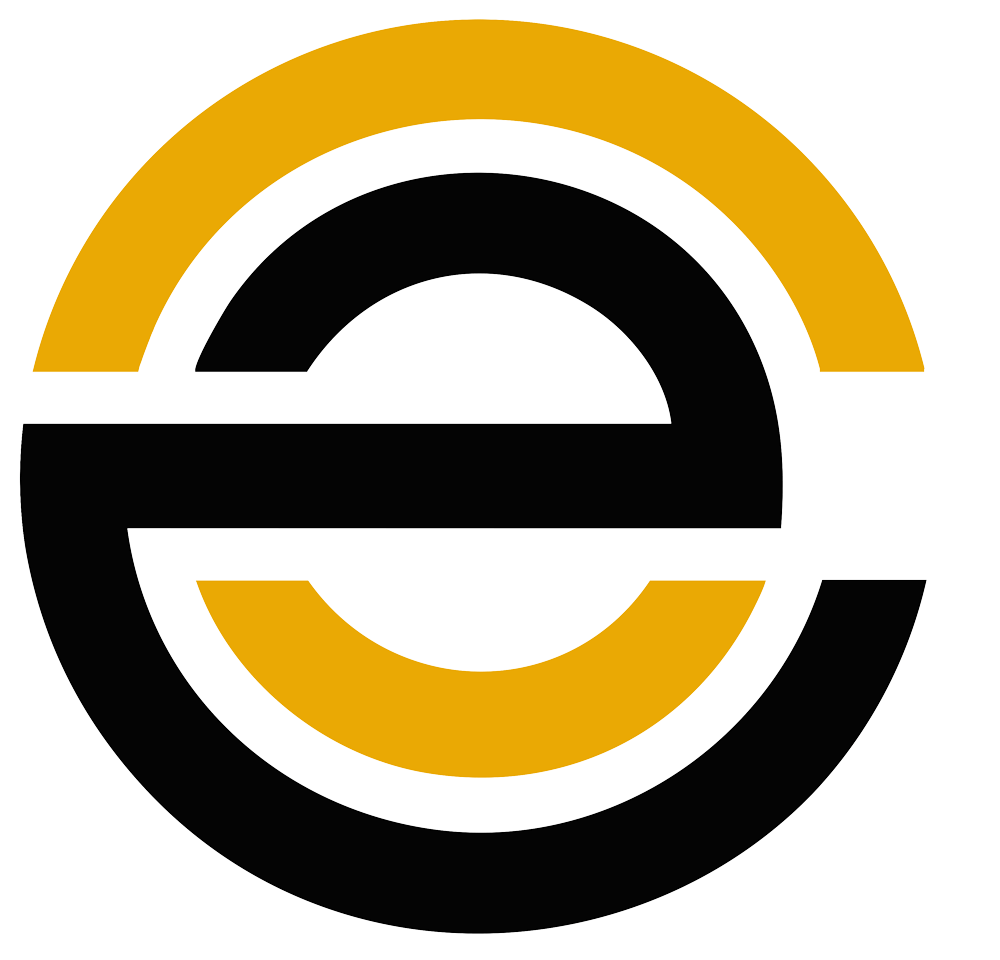 Crafting Visually Appealing and User-Friendly Websites
Crafting Visually Appealing and User-Friendly Websites
A critical element of this presence is web design. The way a website looks, feels, and functions directly impacts its ability to engage visitors, build credibility, and convert leads into customers.
For businesses, especially those in competitive markets, custom Web Design Services play a pivotal role in ensuring their website stands out from the crowd. The digital experience must not only be visually captivating but also intuitive and aligned with specific business goals.
This is where e-Content Solutions come into play enabling businesses to create cohesive and effective websites that go beyond design, incorporating content strategies to boost online performance.
The Essence of Web Design Services
When creating a website, the design process goes far beyond choosing colours and fonts. It involves understanding the audience, the business’s unique identity, and the specific functionalities that will serve users best. From a business perspective, these decisions must also support broader objectives, such as improving brand visibility, driving traffic, and ultimately increasing conversions.
Custom Web Design: A Foundation for Success
One of the most crucial steps in developing a powerful website is choosing whether to rely on generic templates or pursue a custom design. Templates, while cost-effective and fast, come with limitations in terms of flexibility and personalization. On the other hand, custom Web Design Services offer tailored solutions that reflect your brand’s personality and align with business goals.
Custom web design allows businesses to craft websites that are unique and distinctive, setting them apart from competitors. With the growing demand for e-Content Solutions, businesses must prioritize a design that reflects their industry, their message, and the type of experience they want to offer their visitors.
Visual Appeal and User Experience
A well-designed website is the first point of contact between a business and its potential customers. An aesthetically pleasing website will draw visitors in, encouraging them to explore further. Web Design Services ensure that the website design is not only beautiful but also functional, offering an intuitive navigation experience. Features like coherent colour schemes, typography, and quality images are all essential components of a successful website.
However, visual appeal is only one part of the equation. To provide a seamless experience, the website needs to be user-friendly. The layout must be intuitive, guiding users effortlessly through the website without unnecessary distractions or confusion. Whether visitors are looking for information or ready to make a purchase, they must easily find what they need.
The Importance of Responsiveness in Web Design
In today’s mobile-first world, a responsive website is a must. Users access websites across a variety of devices, from desktop computers to smartphones, making it essential for websites to adapt to different screen sizes and resolutions. A responsive design ensures that your website will provide an optimal viewing experience on any device, improving both the usability and functionality of the website.
Responsive design also plays a critical role in search engine optimization (SEO). Google and other search engines prioritize mobile-friendly websites, meaning that if your site isn’t responsive, it may suffer in search rankings. This is where e-Content Solutions can greatly benefit businesses—by implementing mobile-optimized designs that ensure the website performs at its best, regardless of the device being used.
Aligning Web Design with Brand Identity and Business Goals
Beyond aesthetics, the design of a website should reflect the brand’s identity. The choice of colours, fonts, and imagery must be consistent with the business’s branding, creating a cohesive and memorable digital presence. For example, a high-end fashion brand may opt for a minimalist design with sleek typography, while a tech startup may choose bold, vibrant colours and modern elements.
Equally important is aligning the website’s design with the business’s goals. A well-structured website that incorporates lead-capturing features, such as call-to-action (CTA) buttons and contact forms, can drive conversions. For businesses aiming to enhance brand awareness, showcasing content and integrating social media can take centre stage in the design. Custom Web Design Services should aim to achieve both aesthetic appeal and clear business objectives.
Content Management Systems (CMS) and Website Development
When designing websites, it’s essential to consider the backend functionality as well as the user experience. Content management systems (CMS) have become indispensable in web design, as they allow businesses to manage, update, and modify website content without needing coding expertise.
Popular CMS Platforms
Three of the most widely used CMS platforms are WordPress, Joomla, and Drupal. Each has its strengths and is suitable for different types of websites.
- WordPress is the most widely used CMS, known for its ease of use, flexibility, and extensive plugin ecosystem. It’s ideal for blogs, corporate websites, and even e-commerce platforms.
- Joomla offers a more complex framework, providing greater control over the website’s architecture. It’s perfect for social networking sites, community portals, and e-commerce websites.
- Drupal is known for its robustness and scalability. It’s particularly suitable for larger enterprises or websites requiring complex content management.
A key advantage of using a CMS is that it allows businesses to manage their website without technical know-how. This is particularly useful for companies that want to keep their website fresh and updated without relying on a developer for every change.
Customization and Scalability with CMS
Another advantage of using CMS platforms is their scalability. As a business grows, so too can its website. New features can be added easily through plugins, modules, and themes, making CMS platforms incredibly flexible.
For instance, an e-commerce site can integrate shopping cart functionality, product catalogues, and secure payment gateways. Similarly, a news site may opt for a custom CMS theme that is designed for content-heavy layouts. As business needs change, CMS platforms make it easy to scale without overhauling the entire website.
E-Commerce Web Design: Creating Functional Online Stores
The e-commerce industry has revolutionized the way businesses engage with their customers. A well-designed e-commerce website is crucial for businesses that sell products online. It must not only be visually appealing but also functional, user-friendly, and secure.
Secure Payment Gateways and Product Management
One of the primary components of an e-commerce site is a secure payment gateway. This ensures that customer transactions are processed safely. Popular gateways like PayPal, Stripe, and Square use encryption and fraud prevention measures to protect sensitive customer data.
Effective product management is also vital. Web Design Services for e-commerce should include an intuitive interface for adding, updating, and removing products. Features such as product categories, search filters, and detailed product descriptions enhance the user experience, making it easier for customers to find and purchase what they need.
Customer Support Features
Providing robust customer support on an e-commerce website is essential for customer satisfaction. Features such as live chat, FAQs, and contact forms should be easy to find and use. Additionally, integrating chatbots can provide instant responses to common inquiries, improving overall user satisfaction and reducing cart abandonment rates.
Optimized Landing Pages for High Conversion
Landing pages are an essential part of any online marketing strategy. These dedicated pages are created for specific campaigns with the goal of driving conversions. Whether the objective is to capture leads or increase sales, landing pages need to be highly optimized.
Key Elements of a High-Converting Landing Page
Several factors contribute to a successful landing page:
- Headline: A compelling headline is the first thing visitors see. It should immediately convey the value of the offer and grab their attention.
- Call to Action (CTA): A clear and actionable CTA is necessary for driving conversions. Whether it’s “Buy Now” or “Sign Up,” the CTA should be prominent and persuasive.
- Visuals: High-quality images or videos can help convey the message and build trust.
- Lead Capture Form: If the goal is to collect leads, the form should be simple and only ask for essential information.
- Social Proof: Testimonials, reviews, or case studies can help establish credibility and encourage action.
Conversion Rate Optimization (CRO)
Conversion rate optimization (CRO) techniques are used to test various elements of a landing page to determine which version yields the best results. This process often includes A/B testing different headlines, images, and CTAs to maximize the landing page’s effectiveness. By continually refining these elements, businesses can improve the conversion rates of their landing pages and drive more leads and sales.
Crafting a Strong Digital Presence with Web Design Services and e-Content Solutions
Web design and e-content development are essential components of a successful digital strategy. By leveraging Web Design Services and e-Content Solutions, businesses can create visually appealing, user-friendly websites that reflect their brand identity, support their goals, and engage visitors. From custom website design to e-commerce functionality and landing page optimization, each element plays a vital role in building a robust online presence. By focusing on these core aspects, businesses can ensure that their digital platforms deliver exceptional performance, attract more visitors, and drive conversions.








